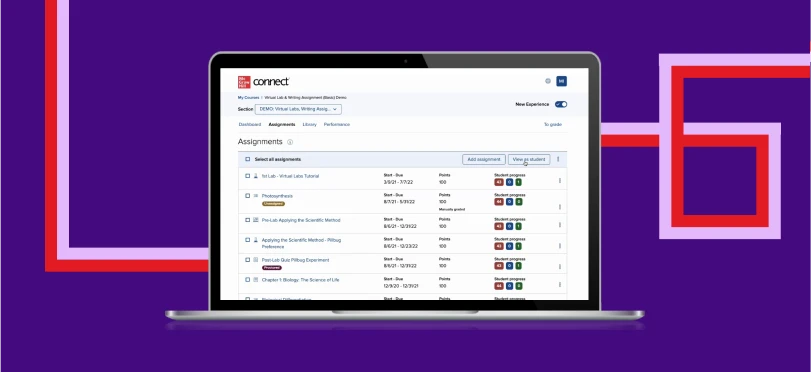Transforming Classrooms: Four Strategies for Dynamic Engagement
Learn how to create dynamic classroom experiences. Discover the secret sauce for sparking engagement and take your teaching to the next level.

Ever wonder why some classes buzz with energy, engagement, and active participation while others barely evoke a response? The difference might be less about content and more about approach. Here are five strategies to rethink our role as educators and foster a dynamic classroom experience.
1. Spark Connection with Students
Before diving deep into the subject matter, it's crucial to forge a personal connection with your students. Start each class with a lighter note—maybe a personal anecdote or a humorous observation, or my personal favorite a question posed to the class.
Whether asking about something spotted on campus, a trending event they might have been a part of, check-in on their semester, or even something as zany as “What’s your favorite smell?” (Petrichor, by the way)—it can add energy to the room and pay dividends in classroom engagement across the hour.
Demonstrating empathy and genuine interest creates an environment of trust and receptivity, making students more open to learning.
2. Close the Divide Between Classroom to Reality
I've consistently found that while theoretical knowledge offers a structured understanding, it's the real-world application that truly anchors learning. Being a practitioner in industry too, it’s exciting to bridge the connection between what we’re learning and how it can be applied.
While theories lay the foundation, real-world application is where true learning happens.
My lectures in class are, oftentimes, more of a canvas of inspiration from society rather than a listing of vocabulary terms or textbook figures.
Consider the concept of 'Place' from the 4Ps of marketing. Rather than just explaining it, I immerse students in it. I display a variety of logos and even bring in cookies from four distinct brands: Cheryl’s Cookies, Great American Cookie Company, Chips Ahoy, and a local bakery. Though each cookie might taste similar, they each originate from unique distribution channels—whether it's mail-order, bustling malls, stand-alone outlets, or the shelves of a local grocery store.
A little flavor goes a long way in making a point stick. Plus, who doesn’t love a cookie with their coursework?
3. Diversify Your Teaching Resources
It's time to move beyond traditional, publisher-provided tools. Integrate multimedia elements like short-form videos or infographics into your lectures. While textbooks and standard PPTs provide a base, they can often be text-heavy and monotonous. Visual media, on the other hand, can be a powerful tool to break the monotony, making lessons more engaging and memorable.
These tools have the potential to transform traditional, text-heavy content into dynamic, interactive lessons that resonate with students on a deeper level.
Short-form videos, for instance, can breathe life into complex subjects, offering a visual and auditory dimension that goes beyond static text. Whether it's a demonstration of a scientific experiment, a historical reenactment, or a real-world application of a business concept, videos provide a dynamic platform for educators to convey information effectively. They cater to different learning styles, making it easier for students to comprehend and retain complex concepts.
Infographics, on the other hand, offer a visually appealing way to condense information into easily digestible nuggets. By presenting key facts, statistics, or processes in a graphical format, educators can simplify complex topics and enhance students' understanding. Infographics are particularly effective in breaking down intricate data or illustrating step-by-step procedures, helping students grasp the essence of a subject without feeling overwhelmed.
In a world inundated with information, students are accustomed to consuming content through various media. By adapting our teaching materials to meet these preferences, we bridge the gap between the traditional classroom and the digital age, fostering an engaging and enriching learning environment.
4. Cultivate a Community, Not Just an Audience
There's a profound difference between an audience and a community. While an audience passively receives, a community actively participates. To create a thriving classroom community, it's essential to step down from the pedestal occasionally. Encourage discussions, debates, and peer teaching. Allow students to take the lead in certain sessions, fostering an environment where they don't just look to you for knowledge but also to each other. As educators, we should aim to be facilitators, bridging gaps and fostering connections, rather than always being the focal point.
Maintaining classroom engagement requires a balance of modern techniques, personal connection, and a shift in the traditional educator's role. By creating an environment where students feel connected, seen, and heard, we pave the way for genuine learning and growth.



